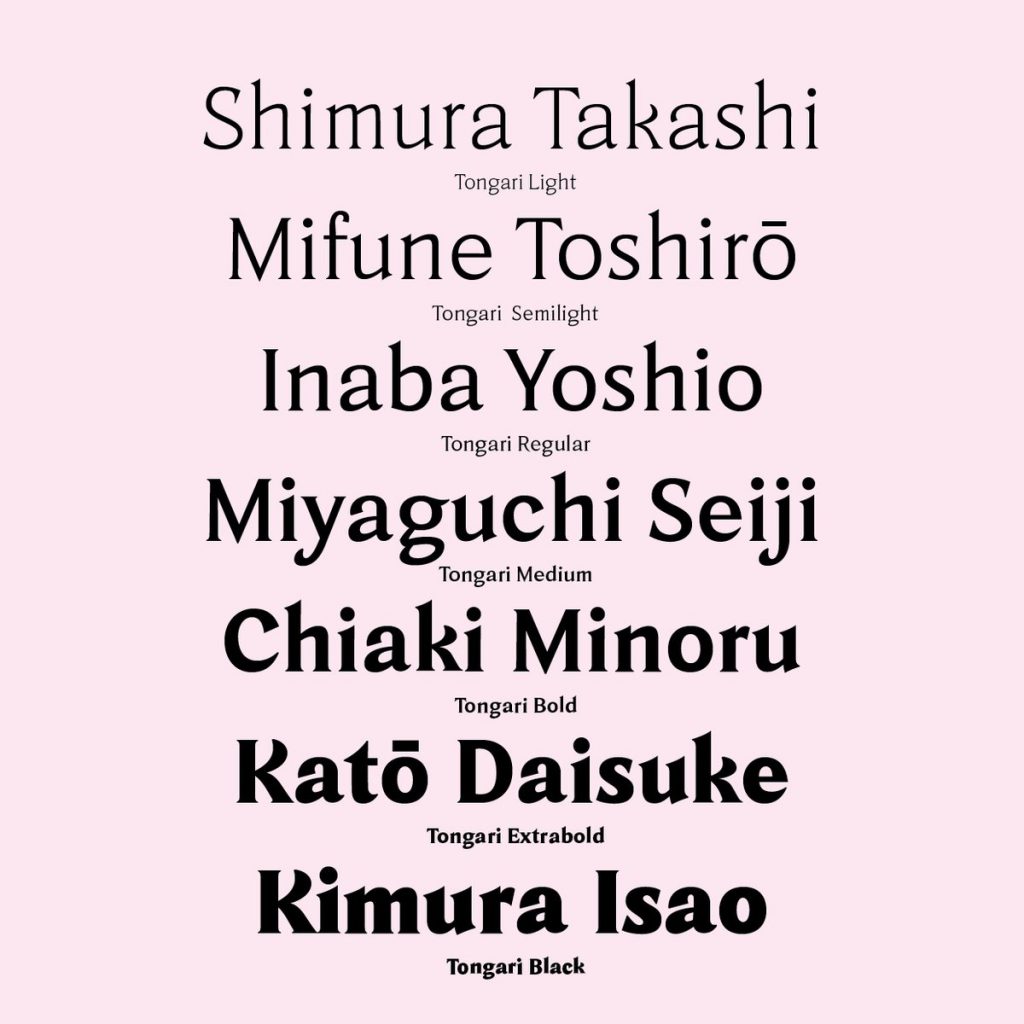In the world of design and typography, fonts are more than just a means of communication; they are tools of artistic expression. Fonts have the power to convey emotion, personality, and style. One such font that has recently made waves in the design community is “Tongari,” a distinctive typeface that offers a fresh take on letterforms and creative possibilities. In this article, we’ll explore the release of Tongari, its unique features, and its potential impact on design and branding.
The Birth of Tongari:
Tongari, meaning “sharp” in Japanese, was created by type designer Hiroshige Fukuhara. Released in [insert release date], this font has already caught the attention of designers, artists, and typographers worldwide. Its creation was inspired by a desire to break away from traditional typography and bring something truly unique to the table.
Unique Features:
- Geometric Elegance: This font characterized by its geometric precision and simplicity, with clean, crisp letterforms featuring sharp angles and well-defined curves. This geometric elegance lends a sense of modernity and sophistication to any design.
- Versatile Design: Tongari’s versatility shines in both uppercase and lowercase, making it suitable for branding, logos, editorial design, and packaging.
- Distinctive Ligatures: Tongari includes unique ligatures that add flair to your typography. These seamlessly connect characters, creating a harmonious flow and giving your text a unique visual appeal.
- Multilingual Support: In our globalized world, multilingual support is essential, and Tongari delivers. It covers a broad range of languages, making it valuable for international projects.
Impact on Design and Branding:
- Brand Identity: Typography plays a vital role in defining a brand’s identity. Tongari’s uniqueness and versatility make it an excellent choice for companies looking to convey innovation and style.
- Editorial Excellence: Editorial design often calls for legible, visually appealing fonts. Tongari balances these qualities, making it ideal for magazines, books, and publications.
- Artistic Freedom: Tongari opens new possibilities for artists and creatives. Its distinctive design allows experimental, avant-garde compositions, appealing to those pushing typographic art boundaries.
Conclusion:
Tongari is more than just a typeface; it’s a statement of creativity and innovation in design. Its geometric elegance, versatility, and unique features make it a valuable addition to designers’, typographers’, and artists’ toolkits. Whether for branding, editorial design, or typographic art, Tongari offers fresh perspectives and creative opportunities. In the evolving design community, Tongari shows typography’s enduring power to inspire and captivate audiences.

